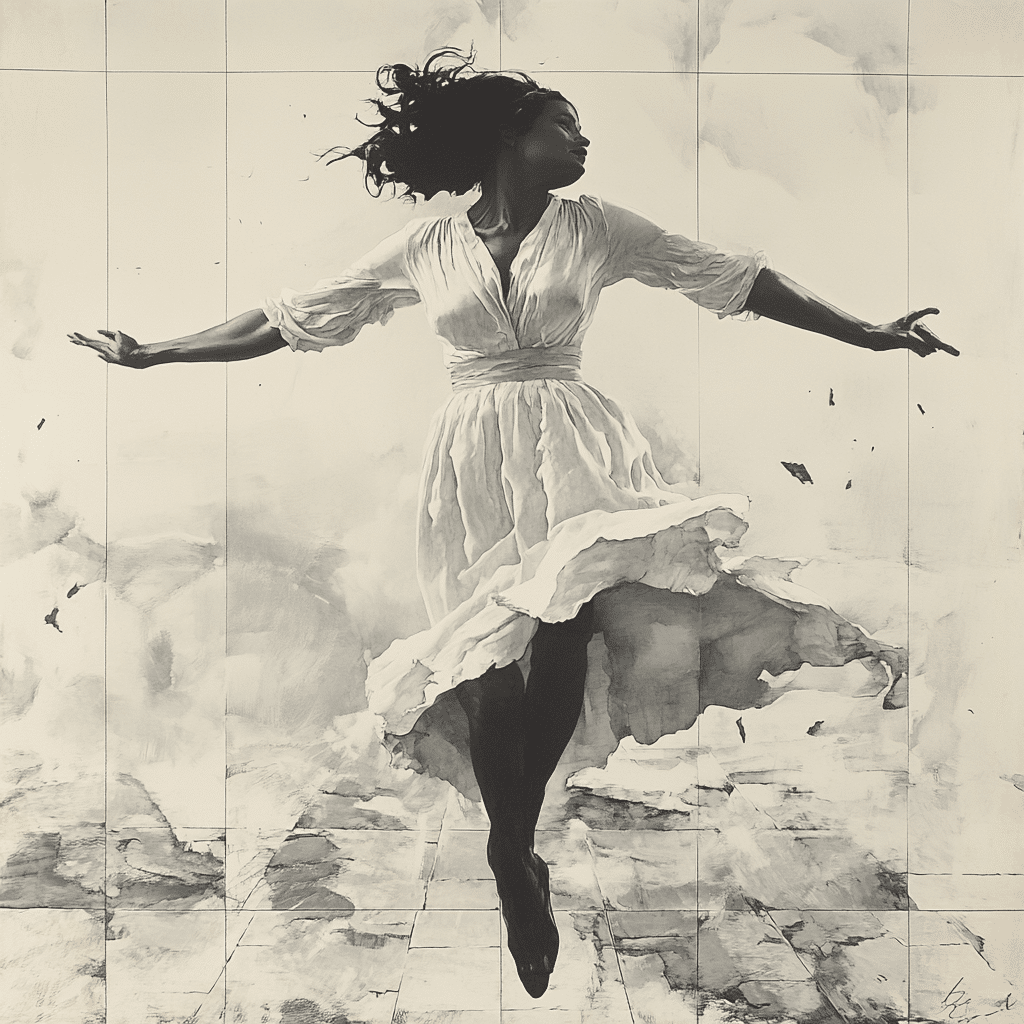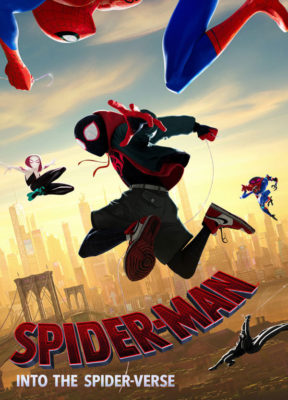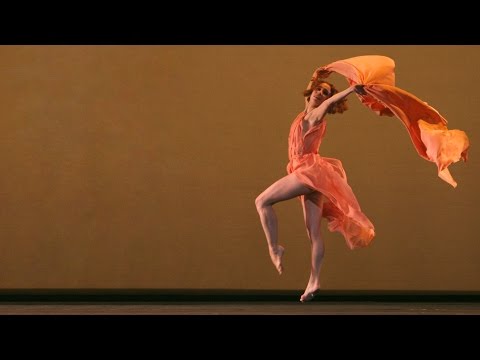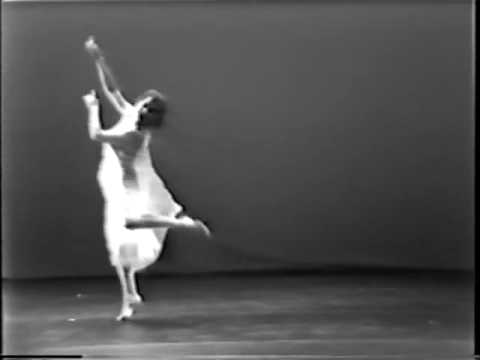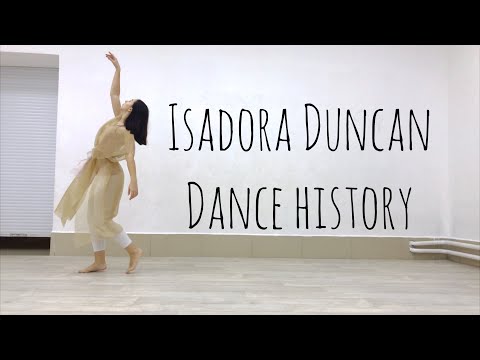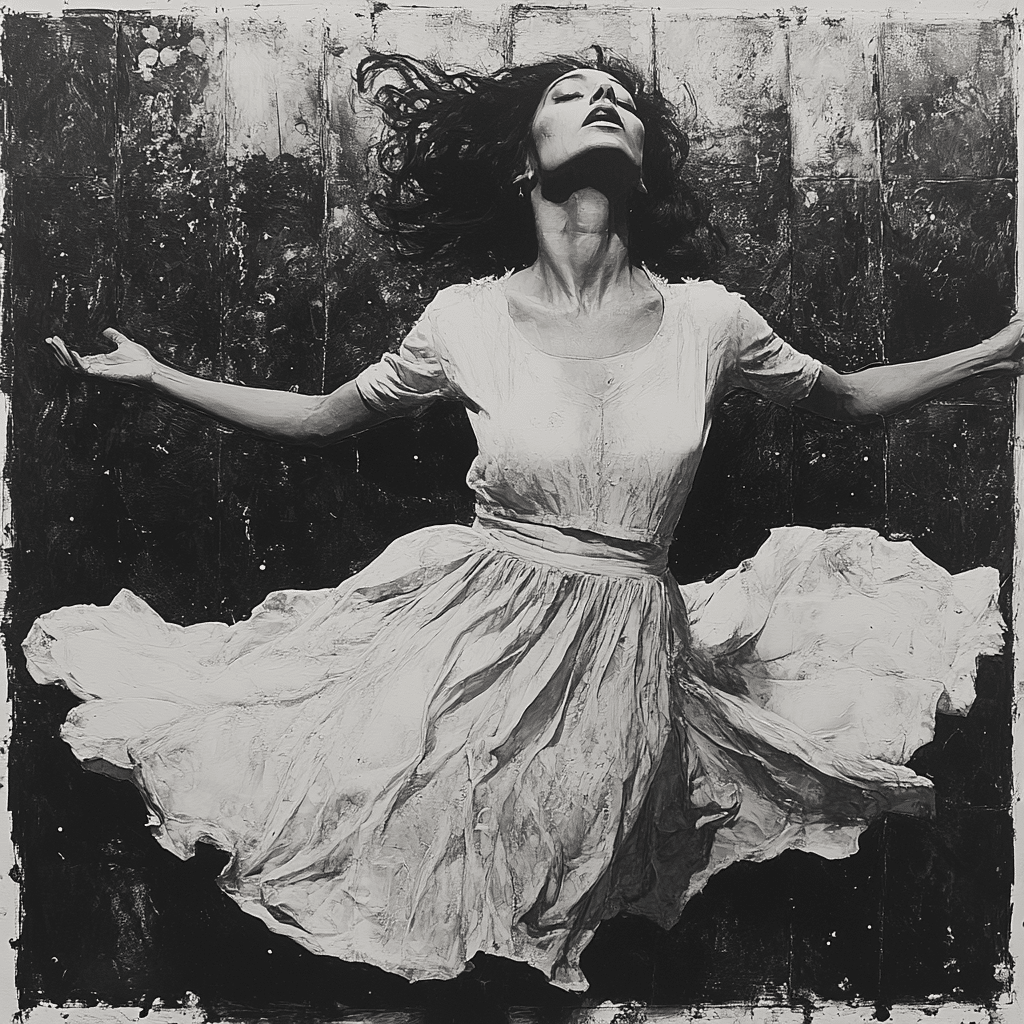
Isadora Duncan The Revolutionary Dancer Who Changed Art
Isadora Duncan’s Legacy: Transforming Dance and Artistic Expression
Isadora Duncan, often regarded as the mother of modern dance, changed the game in the early 20th century. At a time when ballet ruled the stage with its rigid postures and formalism, Duncan dared to explore a more natural movement style. Her dance reflected not just her personality but also the societal transformations of her era. She drew inspiration from ancient Greece, folklore, and an insatiable thirst for freedom and self-expression, defying conventions in a bold and mesmerizing way.
Duncan believed that dance should embody the spirit and essence of the dancer. In her performances, she often revealed raw emotions through fluid movements, making her a true pioneer of emotional storytelling in art. By channeling her personal philosophies, Duncan created a direct connection with audiences, resonating with the struggles and triumphs of the human experience. It’s this aspect of her craft that has influenced countless artists over the years.
While many dancers of her time chose carefully calibrated routines, Duncan’s free-spirited approach had a ripple effect on various art forms. Her emphasis on movement connected to emotion has inspired filmmakers and artists seeking to explore humanity at its deepest levels. Think about the films of directors like George Cukor or dance features in narratives like Good Night And Good luck, where the fluidity of movement is crucial to storytelling; all these threads trace back to Duncan’s revolutionary legacy.
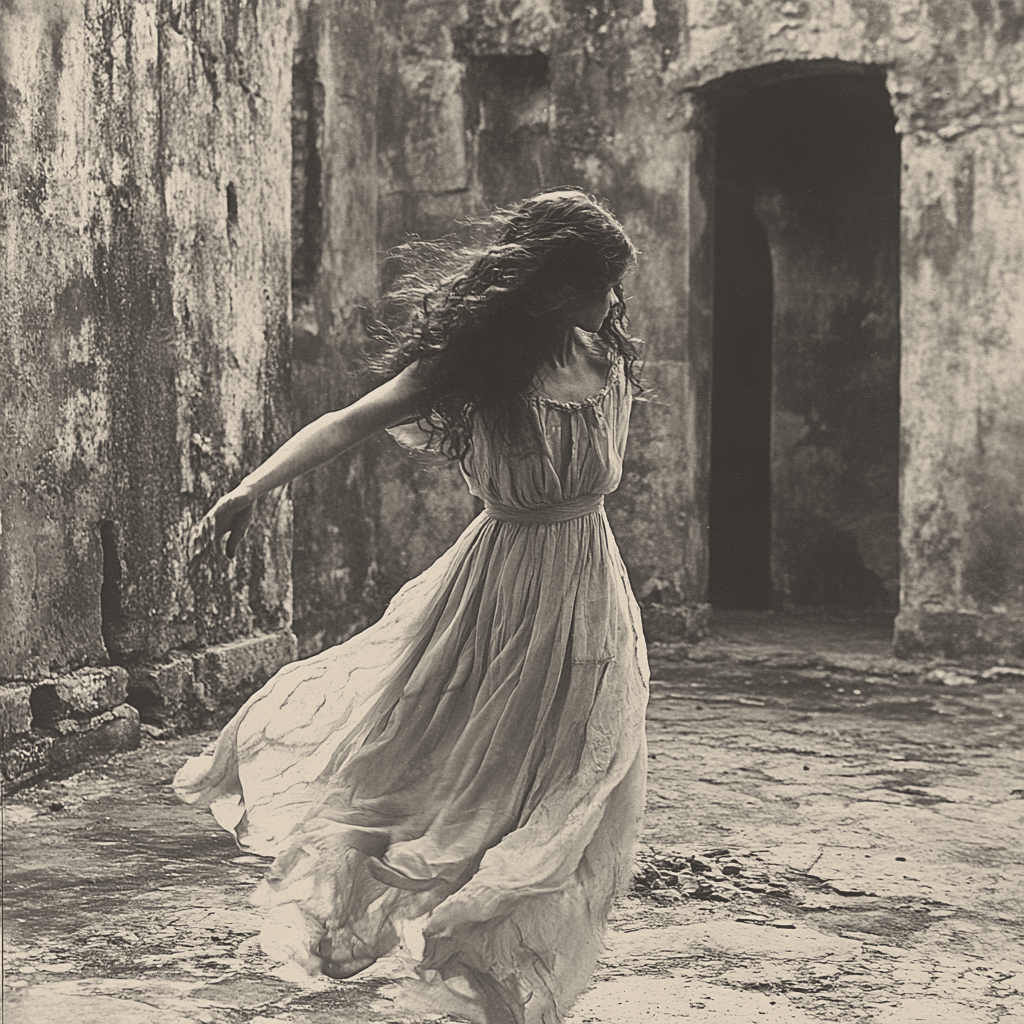
The Top 5 Ways Isadora Duncan Changed the Art World
Duncan’s techniques broke the chains of traditional ballet, making room for emotional expression through her style. By interpreting music with her body, she set the stage for future innovators like Martha Graham, who famously merged dance with drama to tell powerful stories through movement.
Who could forget her signature barefoot performances? Duncan rejected the elaborate costumes and constraints of traditional ballet, instead opting for flowing garments that represented her belief in a more primal beauty. This focus on naturalism aligned perfectly with the modernist movement, resonating with contemporary creators like painter Pablo Picasso and composer Igor Stravinsky, both of whom were pushing the boundaries of their art forms.
Duncan didn’t simply perform—she made a statement. During a period when women’s societal roles were limited, her daring choreography and public persona pushed against the boundaries set for women. By advocating for women’s rights, Duncan became an icon for early feminist movements, much like actress Billie Dove, who also navigated the intricate expectations of society.
Duncan’s influence wasn’t confined to the dance floor. Her emotive style infused various artistic realms, inspiring theater directors like Constantin Stanislavski. Playwrights such as Anton Chekhov adopted her ideas, making the integration of movement into their narratives a norm, which continues to evolve in work today.
Just as Duncan revolutionized performance, she also transformed education in the arts. By setting up schools and workshops, she promoted creative freedom, encouraging future educators like Jacques Dalcroze. Duncan’s philosophies paved the way for integrating music and movement in education, which remains a cornerstone of modern dance curricula.
Isadora Duncan vs. Historical Figures: The Artistic Conversation
When diving deeper into Isadora Duncan’s impact, it’s fascinating to consider how she interacted with other cultural icons. For instance, think of Jon Knight, who fused performance art with vibrant musical elements, embodying the same radicalism that defined Duncan’s work. Both pushed boundaries and challenged what art could be, promoting artistic dialogues that span generations.
Another pair to consider are Bran Stark and Ned Stark from “Game of Thrones.” They symbolize familial ties and emotional depth in storytelling, akin to Duncan’s mastery of evoking feelings in her performances. The emotional stakes she elevated through her art find parallels in the narrative arcs these characters traverse.
Don’t overlook up-and-coming artists like Jaime Bennington, who incorporate elements of performance into visual art, challenging audiences as Duncan did. These artists constantly test and expand the boundaries of what constitutes art, proving that Duncan’s revolutionary spirit is alive and kicking well into the 21st century.

The Relevance of Isadora Duncan Today
Now more than ever, Duncan’s revolutionary ideas around movement and self-expression resonate in the contemporary art scene. The explosion of diverse dance forms—from street dance to interpretive movement—serves as a testament to her lasting legacy. Organizations like the Alvin Ailey American Dance Theater embody Duncan’s principles, celebrating narratives through dance that transcend traditional storytelling methods.
The revival of feminist movements and conversations surrounding body positivity draw heavily from Duncan’s philosophies. Many artists today continue to break down barriers that restrict women’s roles in art, proving that Duncan’s influence is etched deeply into the fabric of contemporary dialogues about female representation.
Isadora Duncan wasn’t just a dancer; she initiated a transformation in how art is perceived and experienced. Her influence persists through modern artists who strive for authenticity in their work. From dance to theater to visual arts, Duncan laid the groundwork for a creative world that remains vibrant and diverse, challenging norms and opening avenues for generations of creators.
A Lasting Impact
Isadora Duncan’s fearless rebellion against the restrictions of her time spawned a revolution in artistic expression that reshaped dance and beyond. Her legacy echoes through various mediums, as she redefined the very essence of art and inspired countless creators to embrace their authentic selves. Duncan didn’t just change the way dance was performed; she sparked a movement that ignited creativity across generations, and today’s artists continue to draw inspiration from her groundbreaking spirit.
So, whether you’re a filmmaker looking to capture raw emotion or a dancer striving to break free from tradition, Duncan’s legacy is there to guide you. Her unwavering commitment to liberation, expression, and creativity rings as true today as it did over a century ago. In the world of artistic expression, Isadora Duncan remains a monumental figure who changed art forever.
Isadora Duncan: The Revolutionary Dancer Who Changed Art
A Trailblazer of Dance
Isadora Duncan revolutionized the art of dance in ways few could have anticipated. Born in 1877, she broke free from the rigid constraints of ballet, opting to express emotion and natural movement through free-flowing dance. Her style was inspired by ancient Greek ideals and the works of artists like The Thief And The Cobbler, where imagination reigns supreme. Duncan believed that dance should spring from the soul, and her performances were a blend of raw emotion and graceful movements that captivated audiences.
Duncan’s influence extended beyond dance; she was also a cultural icon of her time. Just as characters like Albus Dumbledore in literature inspire creativity, Isadora encouraged a generation to break barriers. In her personal life, she was often embroiled in controversy, not unlike today’s political climate, where discussions around the Republican Debate 2024 stir up passionate debates. Her boldness defined her artistry and shaped her legacy in ways that reverberate even today.
Unsung Challenges
Despite her success, life was no cakewalk for Isadora. She faced numerous hardships, including the tragic loss of her children. Yet, this adversity only fueled her performance, enriching the emotional depth of her art. It’s fascinating how artists, such as Ashley Owusu, tackle their own struggles and use them as fuel for creativity. Duncan’s story is one of resilience and transformation; she lived out her belief that life’s turmoil could be channeled into beauty.
Her costume design was just as revolutionary as her dance. Eschewing the stiff, heavy garments typical of her time, Duncan often wore flowing tunics that accentuated her movements. This was more than a fashion statement—it was an inherent part of her philosophy. Many contemporary artists try to capture this sense of freedom in their space, similar to how the Mission Impossible fallout cast pushed action boundaries with their thrilling stunts. Duncan’s innovations have not only established a new dance aesthetic; they paved the way for future generations of performers to embrace a more liberated style.
In short, Isadora Duncan’s dance isn’t just about movement—it’s about life, struggle, and the intoxicating pursuit of freedom. Her legacy invites us all to dance through life with passion and authenticity, echoing the sentiments of artists and thinkers both past and present. So, if you’re ever in doubt, remember the power of expression that Duncan championed. Perhaps take a cue from Duncan and even check out Kristen Archive for a deeper dive into the arts. Who knows,? You might just find inspiration to leap into your own creative journey!
